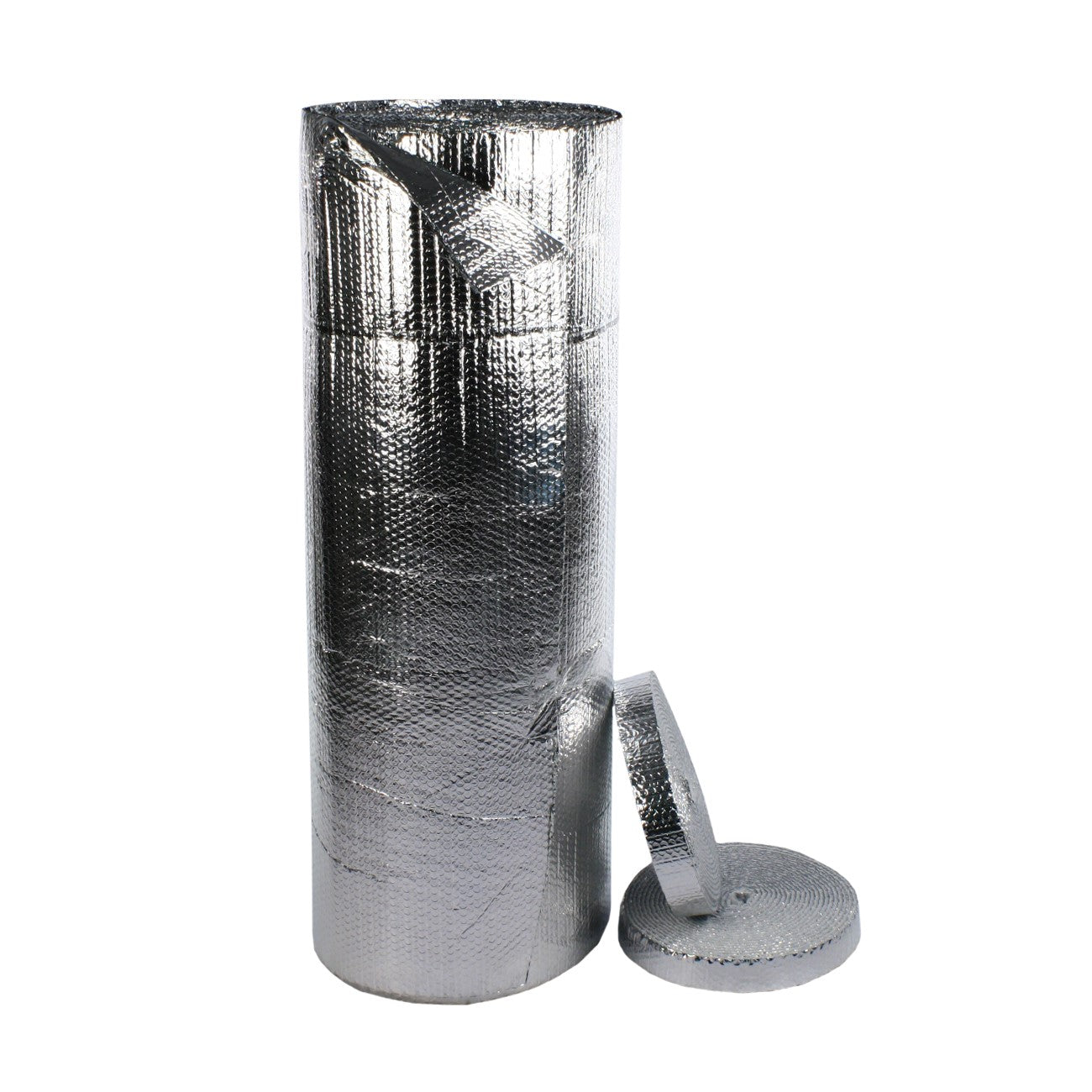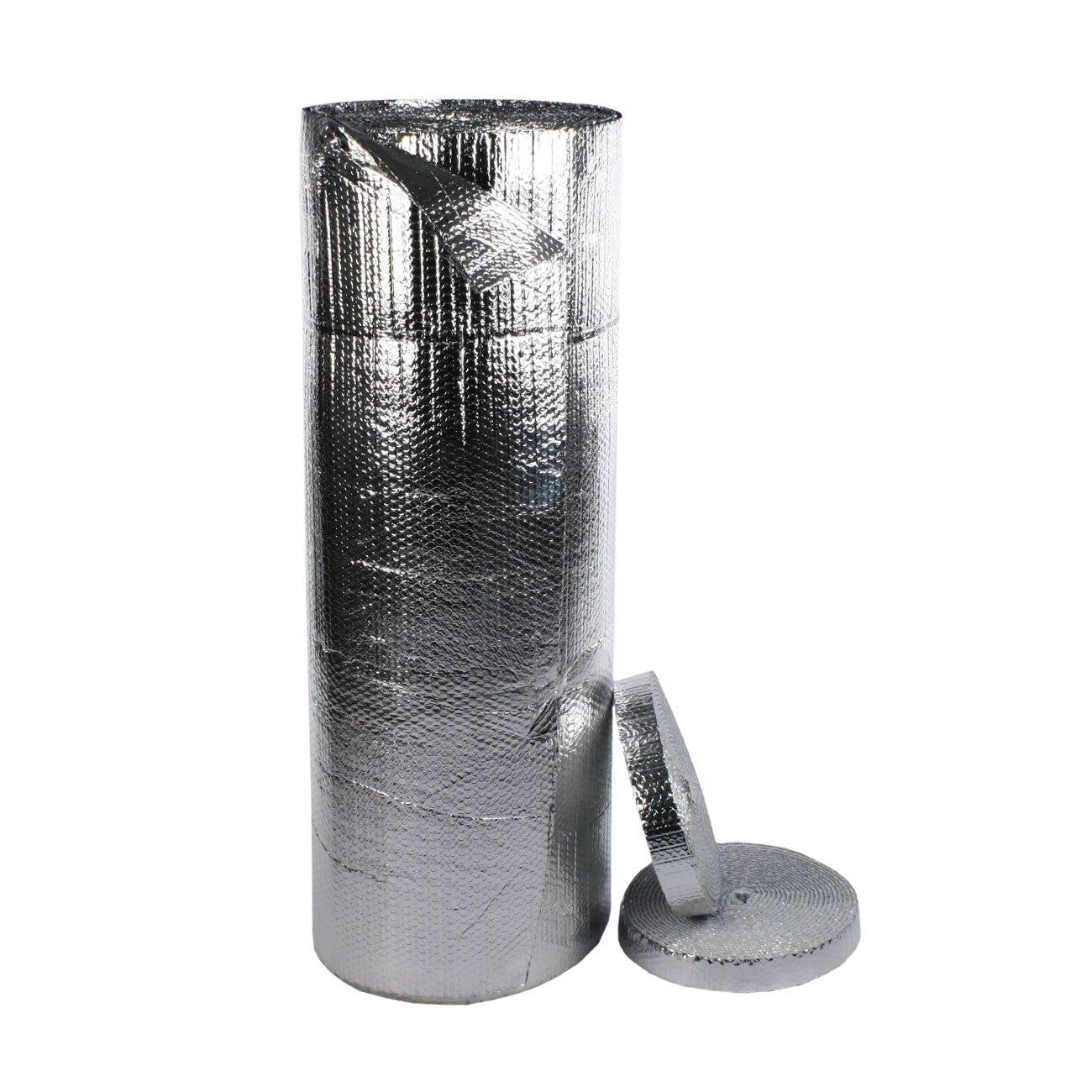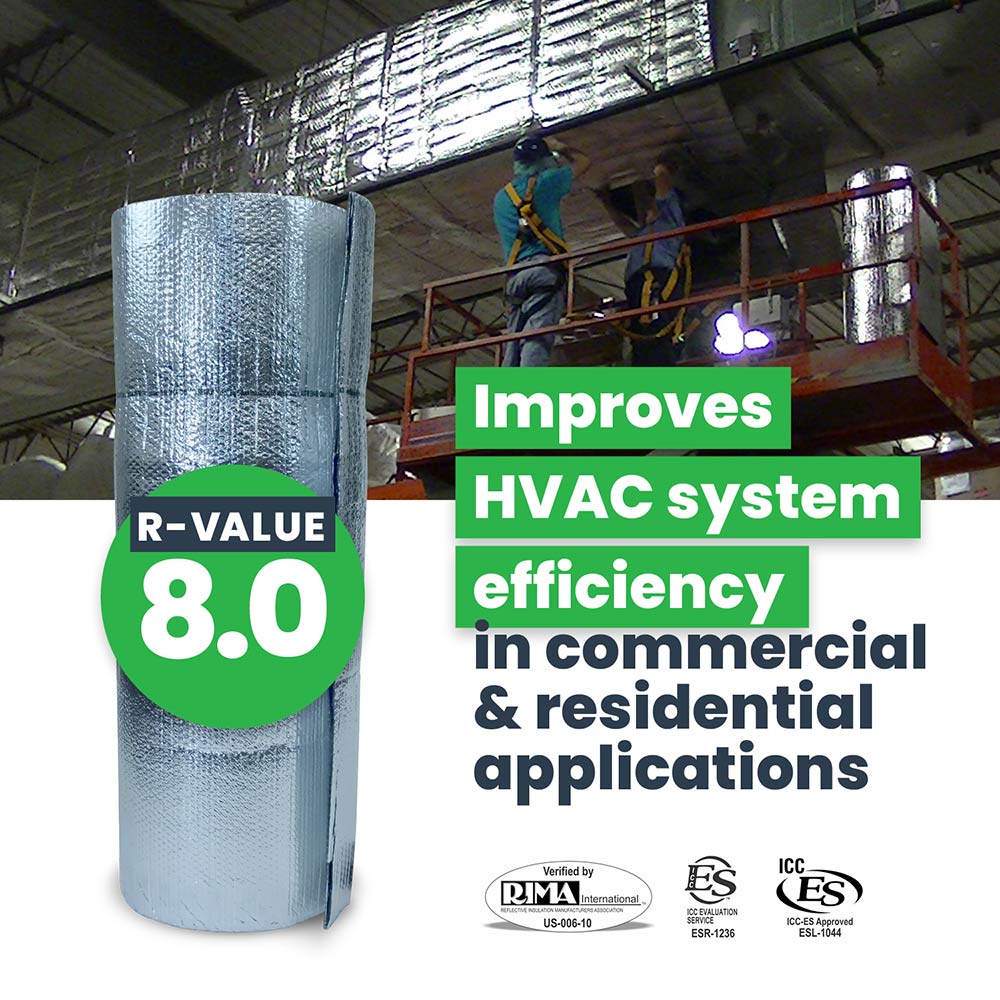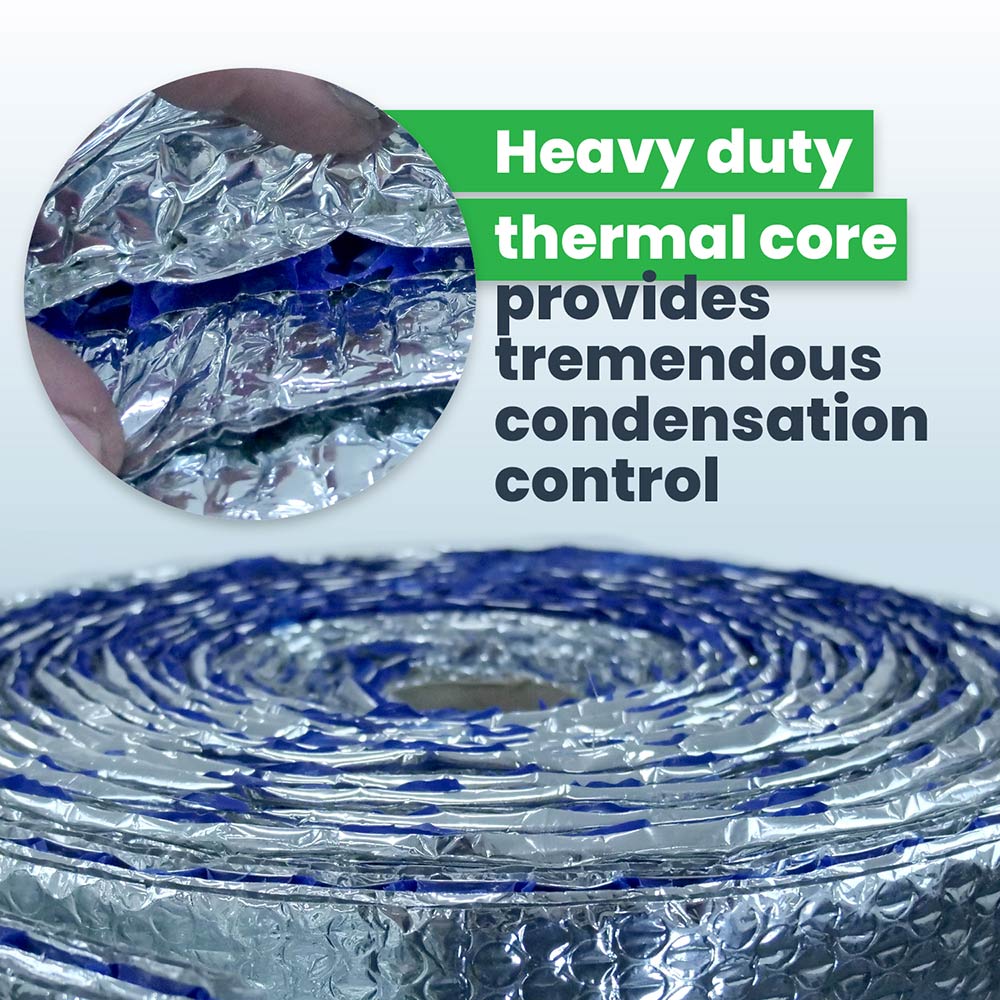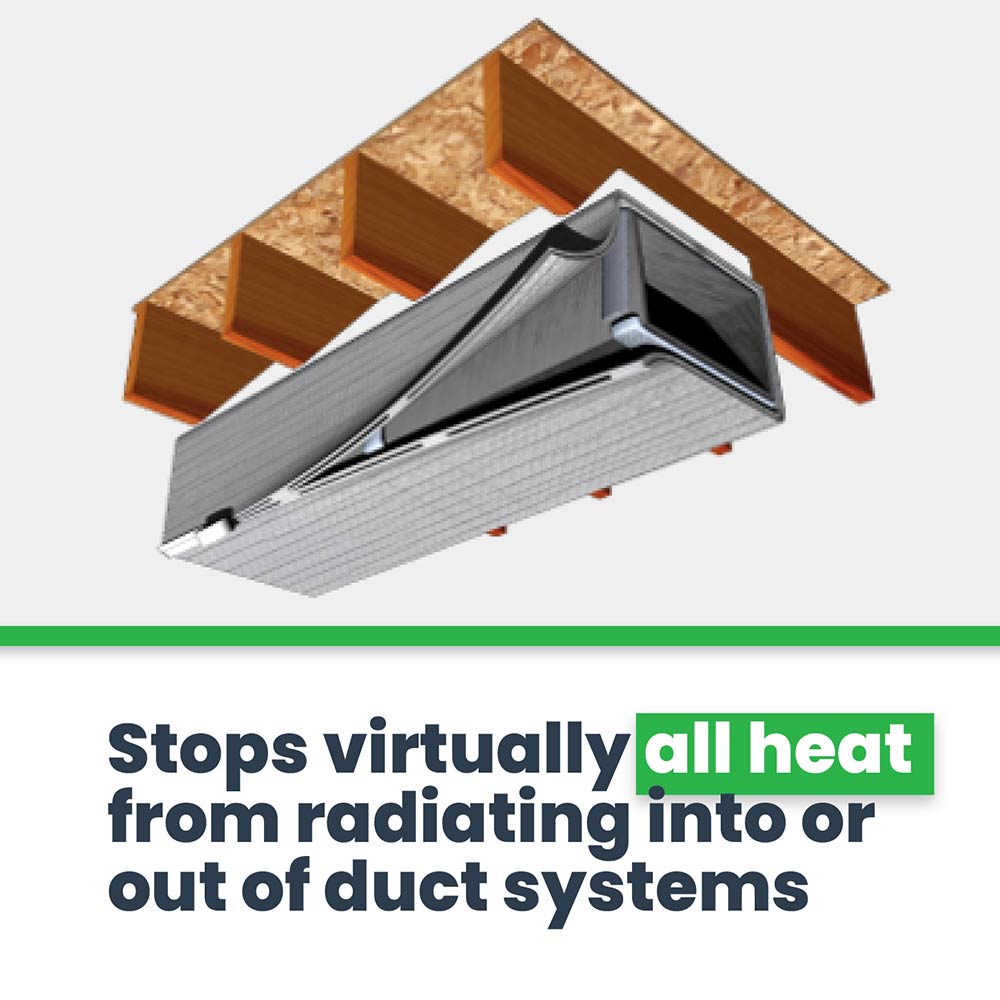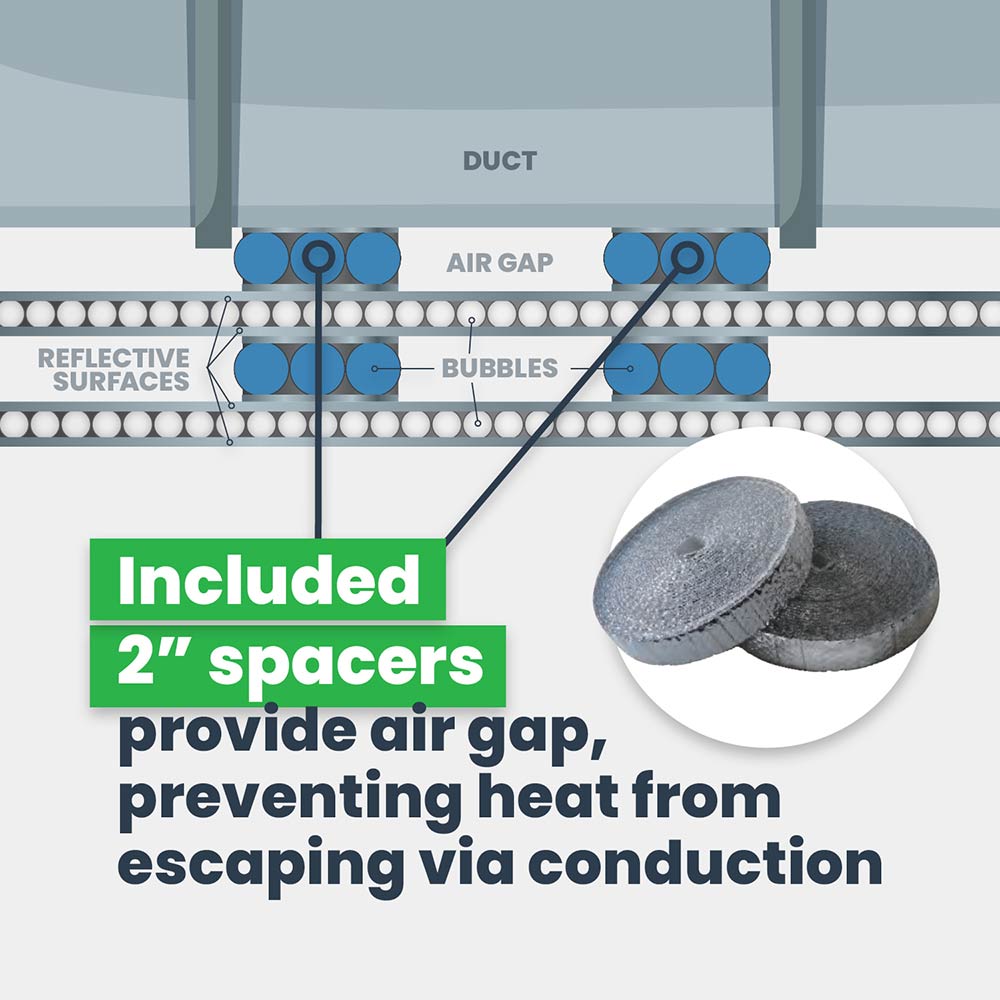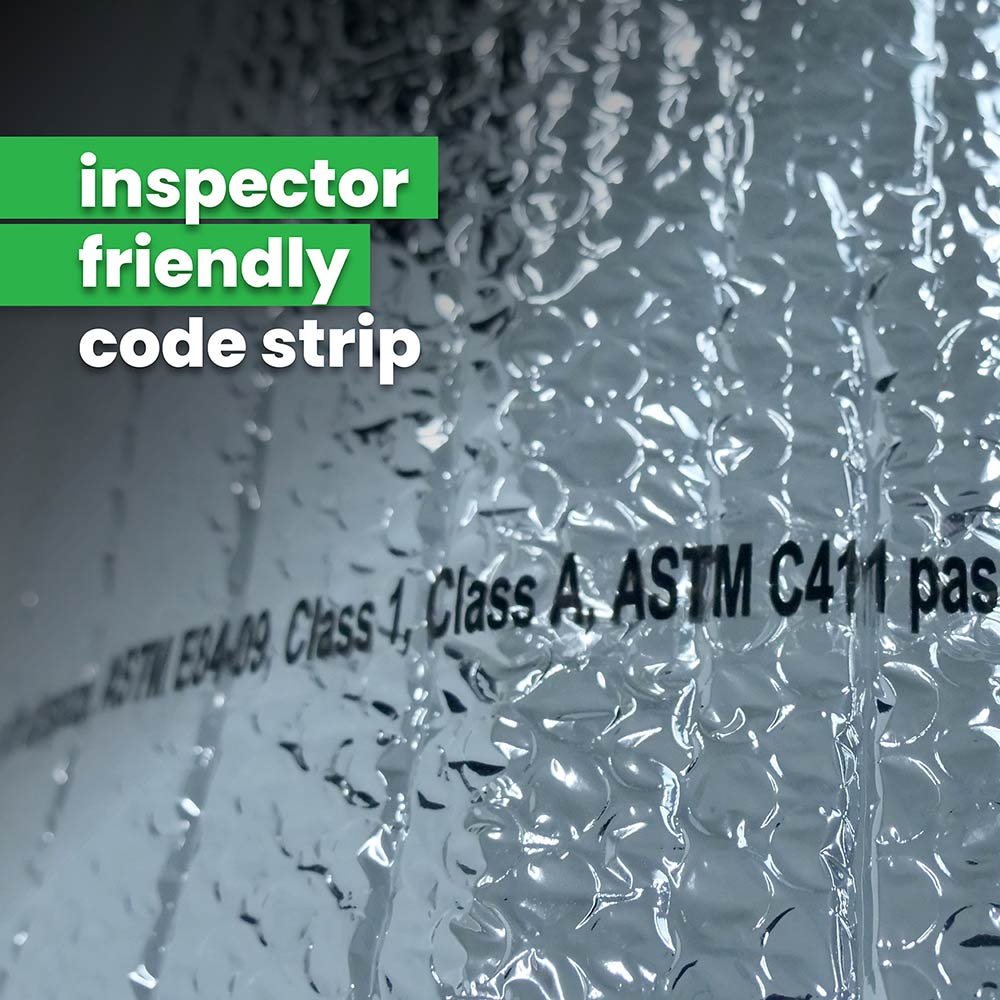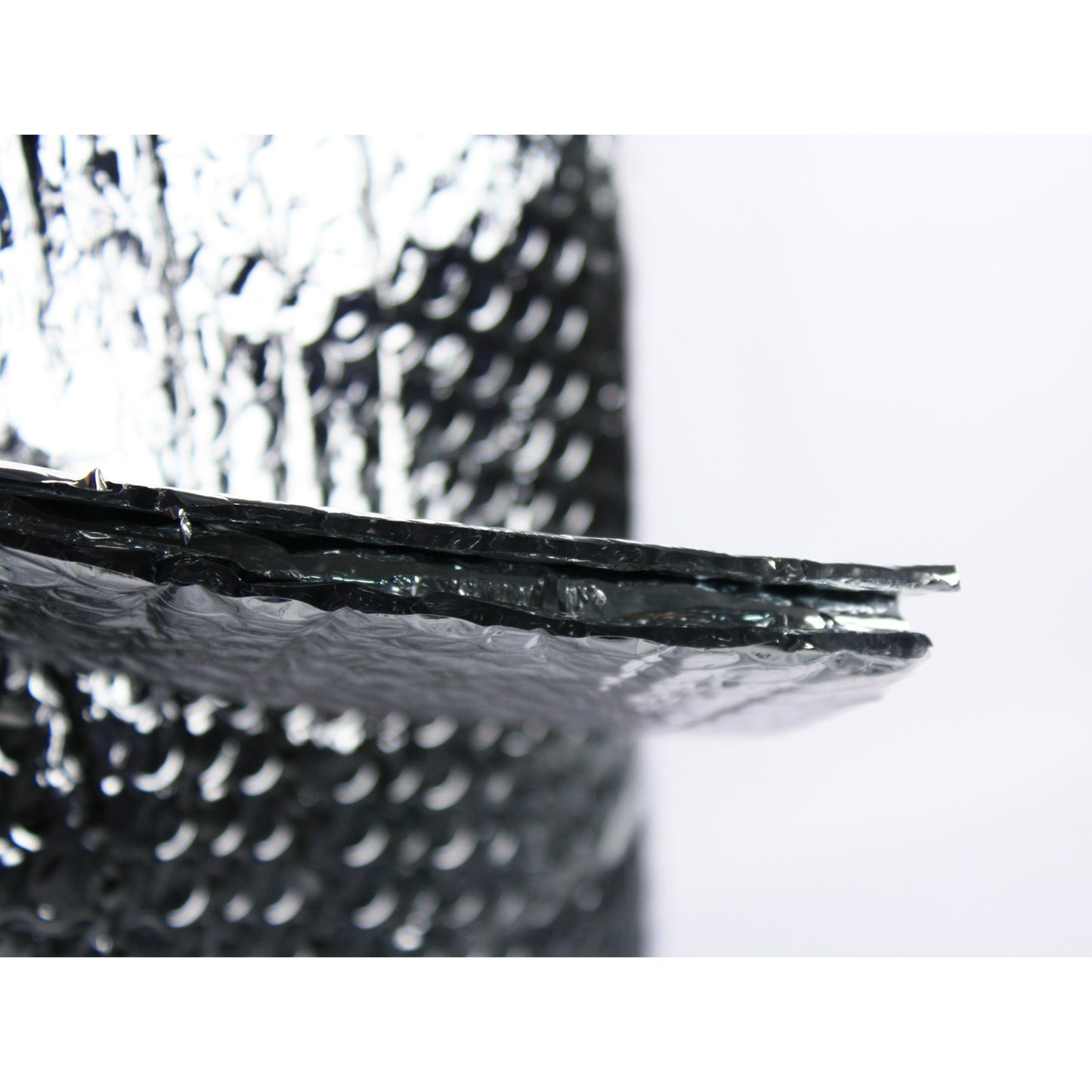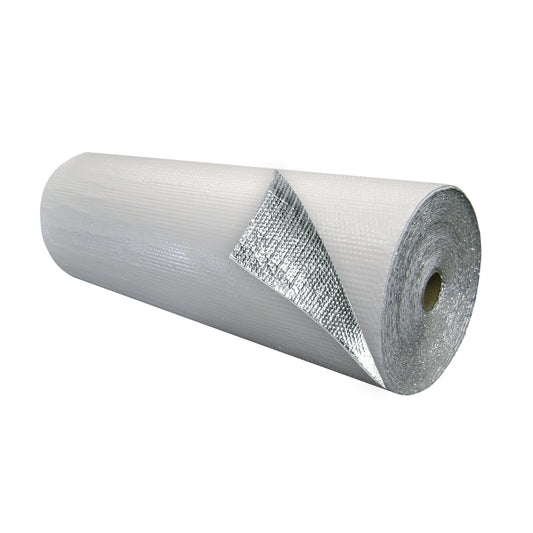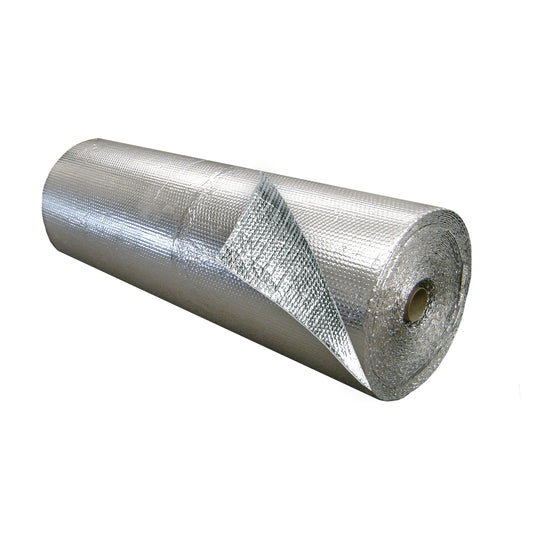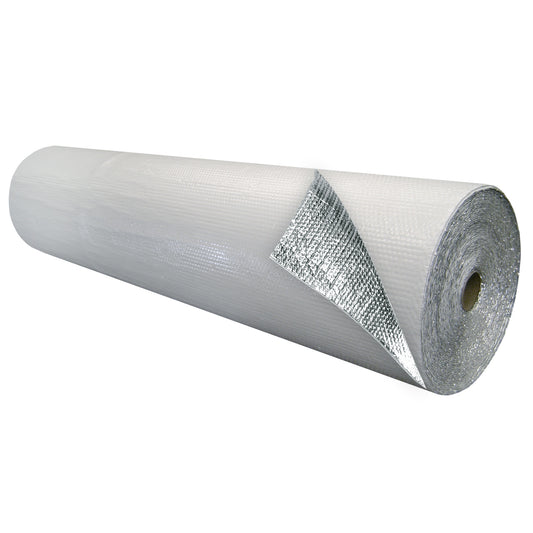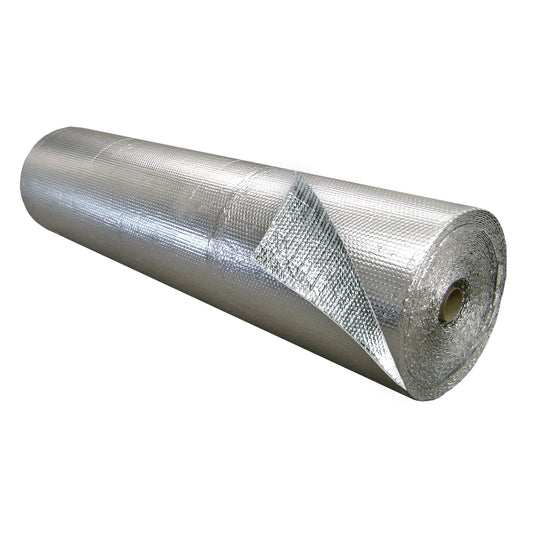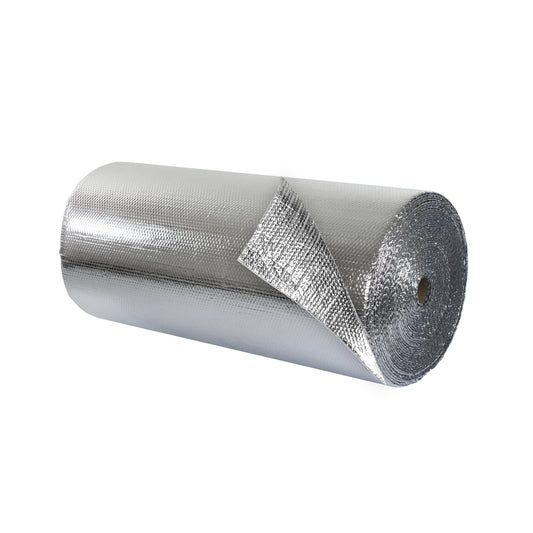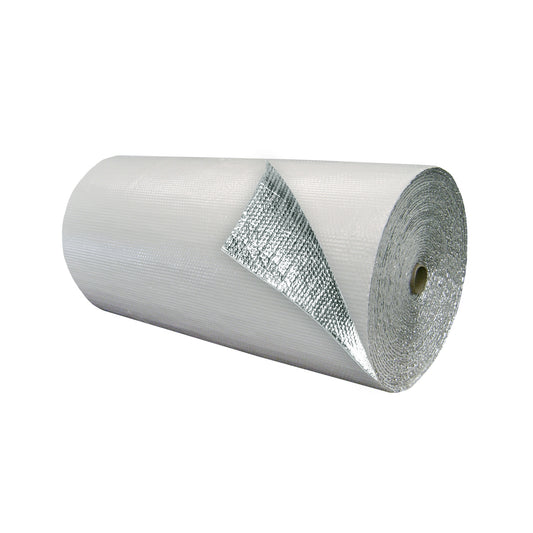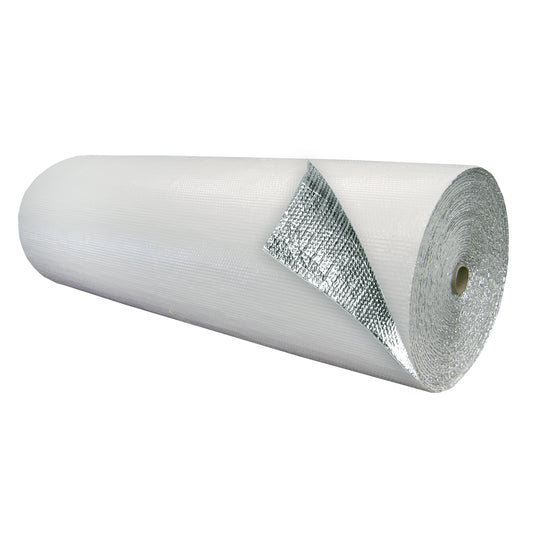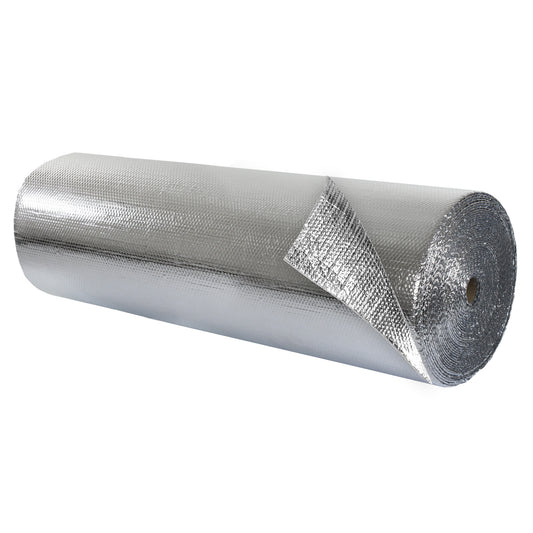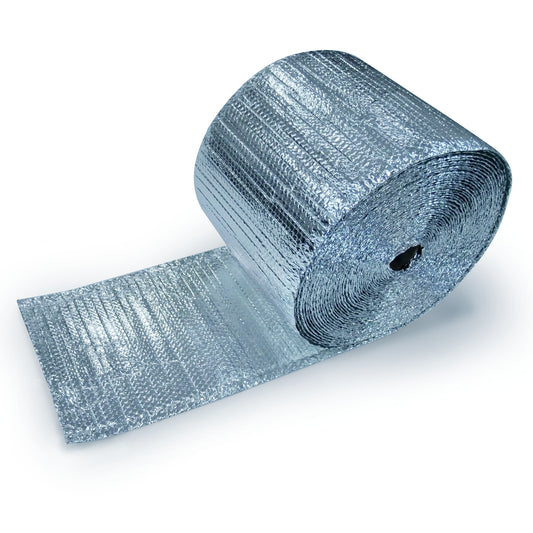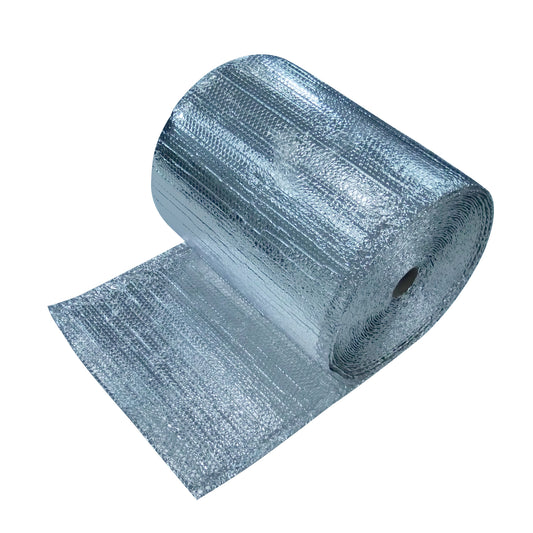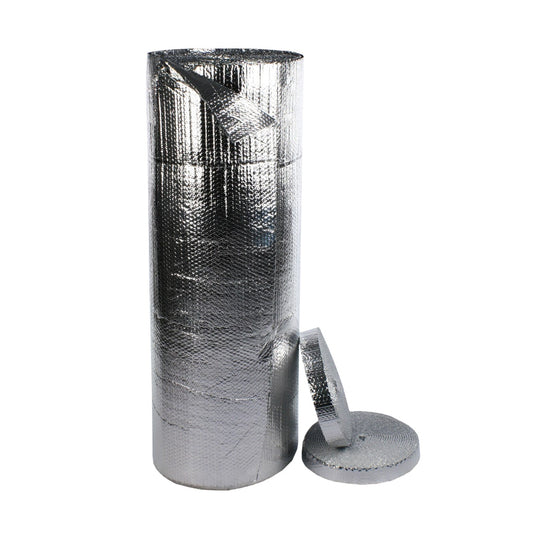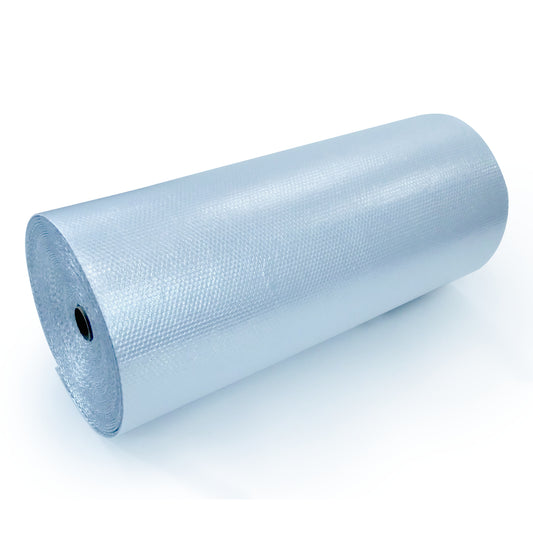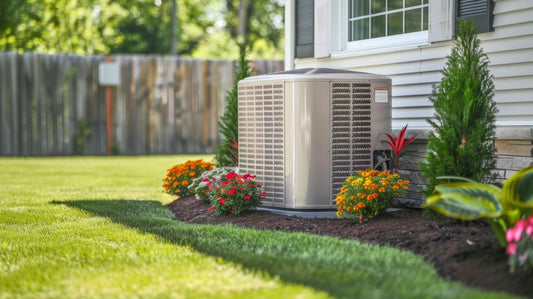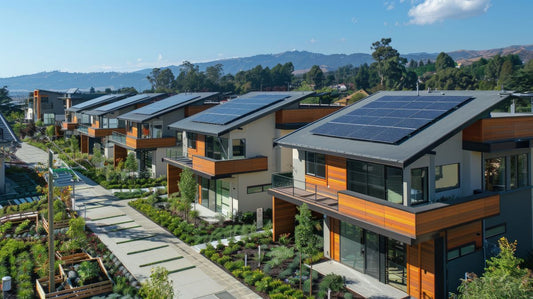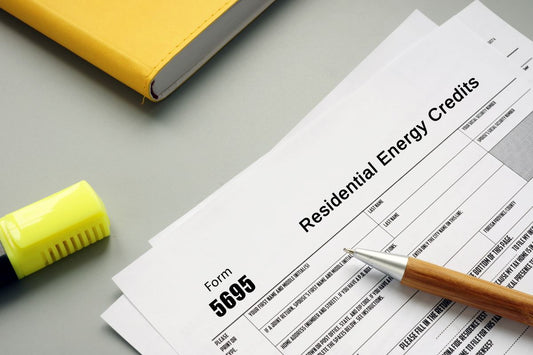HVAC systems play an important role in regulating the temperature inside your home or building, keeping a comfortable interior year round. During warmer and colder months, HVACs ramp up and use more energy for heating and cooling, which can lead to higher energy bills and unnecessary strains on the environment.
Improving the efficiency of your HVAC system can help mitigate these costs. There are numerous strategies that help reduce air leakage, maintain temperatures, and enhance overall HVAC performance without having to break the bank. With summer approaching fast, now is a great time to reassess and evaluate your HVAC system.
Read on to learn more about how HVAC efficiency is measured, as well as some simple yet essential ways to maintain optimal performance, reduce energy spend, and increase the efficiency of your system.

What is HVAC efficiency?
An HVAC system, which stands for "heating, ventilation, and air conditioning," operates by consuming energy to help heat or cool the inside of a building. The efficiency of an HVAC refers to its ability to effectively and economically provide thermal comfort while minimizing this energy consumption. The less energy needed to regulate internal temperatures, the more efficient the HVAC system is.
How do you measure HVAC efficiency?
There are several ways to calculate the efficiency of your HVAC system. Each way measures a specific system's ability to heat or cool a living space, both for the season and for the entire year. Generally speaking, the efficiency of your HVAC comes down to how much electrical input is needed for these systems.
Most HVACs have ratings for different measurements as shown below:
-
Energy Efficiency Ratio (EER): EER is a ratio that measures the cooling capacity of an HVAC system divided by its power input. A higher EER rating indicates greater efficiency, as the system can produce more cooling power using less electricity. In the U.S. the minimum EER requirement for central air conditioning is 12.5 for split systems and 11.0 for single-package units.
-
Seasonal Energy Efficiency Ratio (SEER): SEER works similarly to EER, but it considered the system's efficiency over an tire cooling season, including varying outdoor temperatures. It accounts for the energy consumed during startup, shutdown, and steady-state operation. SEER ratings are mandated by government regulations in many reigions and are typically higher than EER ratings because they incorporate more diverse operating conditions.
-
Coefficient of Performance (COP): COP measures efficiency for heat pumps, which provide both heating and cooling. It is calculated by dividing the heating or cooling output by the energy input. For cooling, COP is equivalent to EER, while for heating, it's the Heating Seasonal Performance Factor.
- Heating Seasonal Performance Factor (HSPF): HSPF is specific to heat pumps and measures the efficiency of the system's heating function over an entire heating season. It considers factors such as defrost cycles and auxiliary heating usage, providing a comprehensive view of performance in cold climates.
When consumers look into purchasing new systems and components for their HVACs, these efficiency ratings help them make informed decisions on selecting the right equipment.

Maximizing Efficiency for Existing HVACs
Buying a new HVAC system does not seem likely for most homeowners and business owners. New system installations cost anywhere from $5,000-$15,000, depending on the type of system. For most HVACs, simple maintenance and adjustments can make the world of difference in reducing energy consumption and lowering your utility bills. Make sure to follow these tips below for regular HVAC maintenance and inspection to help keep your system running as optimally as possible.
1. Change air filters regularly
The first thing to do is replace old air filters in your HVAC. Clogged air filters filled with dust, dirt, and debris restrict airflow, making your HVAC system work much harder, using more energy. Replace the filters regularly (typically every 1-3 months) to ensure efficient operation.
Clean air filters not only enhance the efficiency of your HVAC, but they also improve the indoor air quality of your home or building by trapping dust and allergens. This creates optimal comfort and fewer temperature fluctuations. They also reduce strain on your system to extend the lifetime of your HVAC and minimize the likelihood of costly repairs and maintenance in the future.
2. Clean vents and registers
Additionally, if your air filters remain clogged, your HVAC will blow these dust and dirt particles into your home and accumulate in your ductwork. This reduces the air quality in your home and can cause serious health consequences such as allergy development and other long-term respiratory issues.
Remove the vents and clean them using a soft-bristled brush or duct-cleaning solution to remove debris and other accumulated particles. Insert a vacuum hose into your ductwork to remove dust and debris. Remember to make sure your HVAC system is turned off before working your way through the ductwork.
Depending on the severity of your vents and ducts, professional cleaning may be needed. If you still have issues with dirty vents and ducts, contact your local HVAC specialist to get this resolved.

3. Install programmable thermostat
Programmable thermostats offer several advantages over traditional ones when it comes to increasing your HVAC efficiency and overall energy savings. These devices offer users the ability to schedule temperature adjustments based on daily routines, creating personalized heating and cooling schedules.
According to the U.S. Department of Energy, properly programmed and utilized programmable thermostats can save homeowners about 10% on heating and cooling costs annually. This estimate is based on adjusting temperatures by 7-10°F for 8 hours a day from typical settings, such as during sleeping hours or when occupants are away.
4. Seal heating and cooling ducts
Sometimes older ductwork in your building can lead to air leakage, leading to substantial energy loss. There are a couple solutions to combat this problem, the first including the use of vent covers. To better control the air from your HVAC system from leaking into unoccupied rooms, vent covers help increase the flow of thermal air to other spaces in your home, reducing the need for your HVAC to continuously cool unused spaces in your home.
Another solution is to wrap the ducts with R8 Ductwork Insulation, especially if your unit is in your attic (since attics can get very warm in the summer.) This provides a proper seal for any ductwork and helps maintain temperatures for cold or hot air as it travels through longer ducts. Spacer strips (included) combine with reflective bubble insulation to provide an air gap—preventing contrasting temperatures from contacting each other. This helps prevent condensation from forming, which can lead to numerous problems.
- Learn more about Ductwork Insulation for HVAC Systems.

5. Add insulation
Proper insulation not only enhances HVAC efficiency but also reduces the workload on your cooling system. Ensure that your home has the proper insulation to minimize heat transfer from entering your space, especially for the following places:
-
Attics: Attic spaces are the most common places for air leaks. Insulating the ceiling and floor of your attic reduces air from leaking out of your home and warm air from getting in. Consider using perforated radiant barrier on top of batt insulation to combat both conductive and radiant heat transfer and keep your attic space nice and cool. For buildings with no attic spaces, or cathedral ceilings, consider using solid radiant barrier instead.
-
Walls: Your walls can also be a hot spot for air to escape. Without proper insulation, HVACs will work harder to maintain internal temperatures, reducing energy efficiency. For the best solution, consider combining traditional and bubble foil insulation inside your walls to combat both conductive and radiant heat transfer.
- Basements: Your basement not only allows for air to escape, but for moisture to affect the comfort of this space. Using solid radiant barrier or bubble foil insulation helps keep thermal air in and moisture problems out. You can also use this in other places where air leakage is a concern, such as crawlspaces.
6. Clean your drain line
Your HVAC system uses a drain line responsible for carrying condensate, or water, away from the indoor evaporator coil, where it forms as a byproduct of the cooling process. Over time, this line can become clogged with algae, dirt, mold, and debris, obstructing the flow of water and leading to potential issues.
By cleaning it, you help avoid problems with water damage. To clean it, use a wet vacuum or cleaning tool to suction out any clogs or debris from the drain line. Alternatively, use a mixture of vinegar and water or a commercially available drain line cleaning solution to flush out buildup.

7. Clean outdoor unit
Cleaning your outdoor HVAC unit also improves efficiency over time. Otherwise known as the condenser unit or air conditioner compressor, keeping this component clean of dirt and debris accumulated over time enhances performance and prevents the HVAC from overheating.
Carefully remove the exterior panels and clean the aluminum fins of the condenser coils of remove debris by using a garden hose. Avoid using high-pressure water, as it can damage or bend the fins. Refer to the manufacturer's instructions for guidance on removing panels and cleaning the component safely.
NOTE: Always remember to turn off the HVAC system when cleaning the outdoor unit.
8. Check fan blades
Inspecting the fan blades of your HVAC ensures optimal airflow and efficient system performance. Depending on where your fan blades live, either in the outdoor condenser unit or the indoor air handler, remove any exterior panels and inspect the blades for any damage such as cracks, chips, or bends. Misaligned or damaged blades can cause vibrations and decrease system efficiency.
Clean them of any dirt, dust, or debris using a soft brush or cloth. Do not use water when cleaning the blades. You should also check the balance of your unit's blades for proper alignment, and tighten any loose screws or fasteners securing the blades to the motor shaft.
When should I call a professional?
Consider penciling in a professional HVAC inspection and tune-up before the summer season. While completing the previous tasks can help with increasing HVAC performance and efficiency, experienced technicians can identify and address potential issues that you may not notice before they escalate. Homeowners should try to schedule an appointment with their local HVAC technician at least once a year.
If your HVAC system is outdated or inefficient, consider upgrading to energy-efficient models with higher EER ratings. Though an upfront investment, the long-term savings and environmental benefits are substantial. Plus, many U.S. homeowners could benefit from energy-efficient home improvement tax credits with these installations.
Talk with our experts today for any questions you may have on our HVAC-related products. Email or call us at (888) 349-3645.


